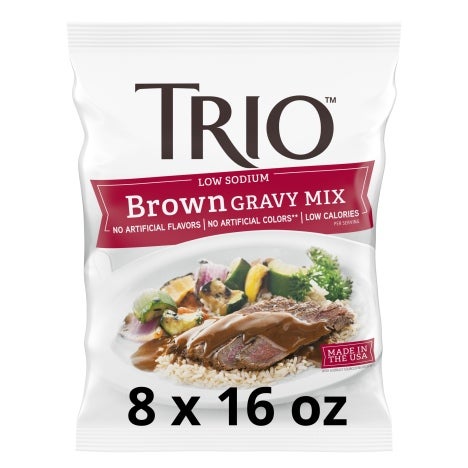
AI Is Coming to Foodservice: What to Expect
How will artificial intelligence affect your operation? Signs are pointing to more efficiency, better service, and happier customers. Find out why.
Artificial intelligence (AI) seems to fly in the face of basic tenets of foodservice, the foundational people-oriented ethos somehow buried beneath the cold, hard calculus of computer-generated processes. Even in these early iterations, though, AI brings to the table problem-solving tricks, tips, and assists that can easily co-exist with the industry’s guest-first operating model.
Distilled to bare bones, AI refers to computer systems and algorithms that are capable of performing complex tasks such as reasoning, making predictions, and solving problems that so far have been handled by humans. It’s largely a matter of AI being able to find and analyze deep reams of data and then use it to methodically answer questions and find solutions.
AI is already heavily in use in restaurants. Robots in kitchens and dining rooms are powered by AI while a growing number of telephone and drive-thru orders are taken by text-to-speech tools. For order taking, the AI chatbot component allows lightning-quick research to learn about the customer: first-timer or repeat, special requests and preferences, are they likely to respond to upselling or value-priced deals, and their preferred payment methods are among the historical data that can be mined, the information speeding service, increasing efficiency, boosting check averages, and—perhaps most importantly— strengthening a customer’s relationship with your brand.
As AI is further refined and tailored to food and beverage industry specifics, expect to see it take on even more functions. Here are five areas AI will enter to provide personalized guest experiences and more efficient operational workflows.
- Menu suggestions: Customers who have questions about menu items might find AI-assisted suggestions helpful. Armed with prior order history that may be available plus ingredient lists, preparation methods, allergens, nutritional info, portion size, and even the ethical practices of suppliers, AI can help them make highly personalized decisions.
- Research and creation of new menu items: AI’s predictive abilities can be used to spot trends, analyze data, study supply chains, calculate food costs, and come up with possible menu items. By all accounts, this by necessity is best used as a research tool and not a substitute for human-led menu development.
- Inventory management and ordering: Fed data about what and how products are used, AI can be programmed to real-time record what’s on hand, how much is used, and when it’s time to bring in more. Stock-outs will become less likely while oversupplies can be managed through preemptive usage suggestions.
- Market research and industry intel: Marketing campaigns can be tailored to connect restaurants with existing customers and explore potential new audiences to target, the language, style, and tone adapted to the intended audiences.
- Writing documents: From basic emails and memos, to press releases, training manuals, and even menus, AI can use existing information to create a written form. Although it will read as formulaic, computer-generated content, it can be a useful starting point to refine, edit, and add human touches.
Overseen, implemented, and managed by actual humans, AI is expected to be transformational, upping service standards, trimming costs, and personalizing dining experiences.
The information provided is based on a general industry overview and is not specific to your business operation. Each business is unique, and decisions related to your business should be made after consultation with appropriate experts.






